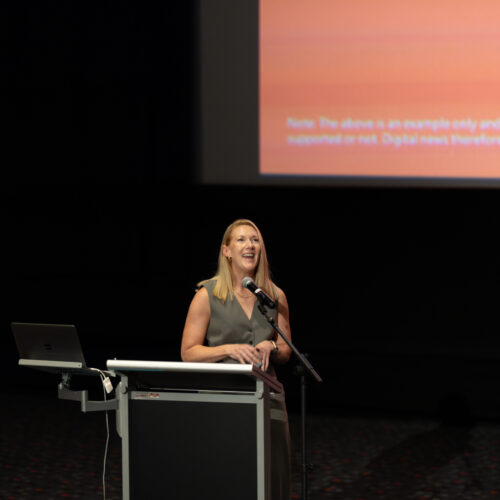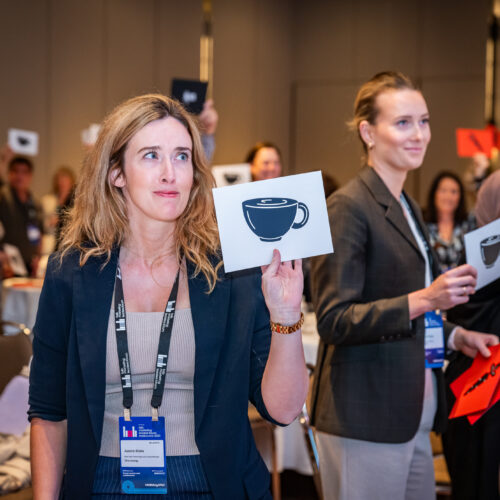
Trending
Australian recycling success story: 68% of Australian newsprint recovered in 2019
Despite the loss of offshore recycling options, in 2019, Australia recorded one of the best rates of newsprint recycling in the world
Australia continues to achieve impressive rates for recovered newsprint according to figures released today by the NewsMediaWorks.
The Newsprint Recovery Figures for 2019 report shows that despite the loss of offshore recycling options for Australian newsprint, the recycling rate fell only 6%. For the period, the proportional national recovery rate for newsprint was 68.2%.
Globally, the newsprint recovery rate is included in wider paper recycling figures for many markets. In 2017, Germany cited a municipal paper recycling rate of 68% and in the US, the 2018 paper recycling rate was 68.1%, according to the American Forest & Paper Association.
NewsMediaWorks Executive Director Environment Dr Tony Wilkins said: “Recycling of newspapers is an Australian success story. We are near the best in the world at 68%. However, recovery of newsprint continues to be ever more complex and fragmented with recycling markets subject to significant upheaval. Significant fires and disposals to landfill also reduced the recycling rate. In this context, the recovery rate reflects both the importance of the fibre, and the efforts of industry.”
Under the banner of the NewsMediaWorks, Dr Wilkins continues to work closely with Australia’s major newspaper and magazine publishers including Nine, News Corp Australia, Seven West Media and Bauer to ensure maximum rates of newsprint recovery are achieved.
To further support the efforts of Australian publishers, Dr Wilkins suggests the reuse of newspapers and magazines by consumers be recognised as a legitimate form of recycling. Previous research shows around 7.7% of newspapers are reused in the home. When this figure is added to the recycling rate, the total recovery increases to 76%.
While the report notes significant growth for moulded paper products made from old newspapers such as egg cartons, as well as stable growth in pet products including kitty litter, support for improving the quality of newspapers collected from households will also help to meet the need for continued export of recovered paper. Collection methods that require the separation of paper and other recyclable items, as well as container deposit schemes, will help to reduce contamination from household recycling collections.
Additionally, Dr Wilkins encourages the consideration of a ‘Waste to Energy’ option. Waste to Energy would see materials that would otherwise end up in landfill used to produce power that can support renewable energy supplies.




















